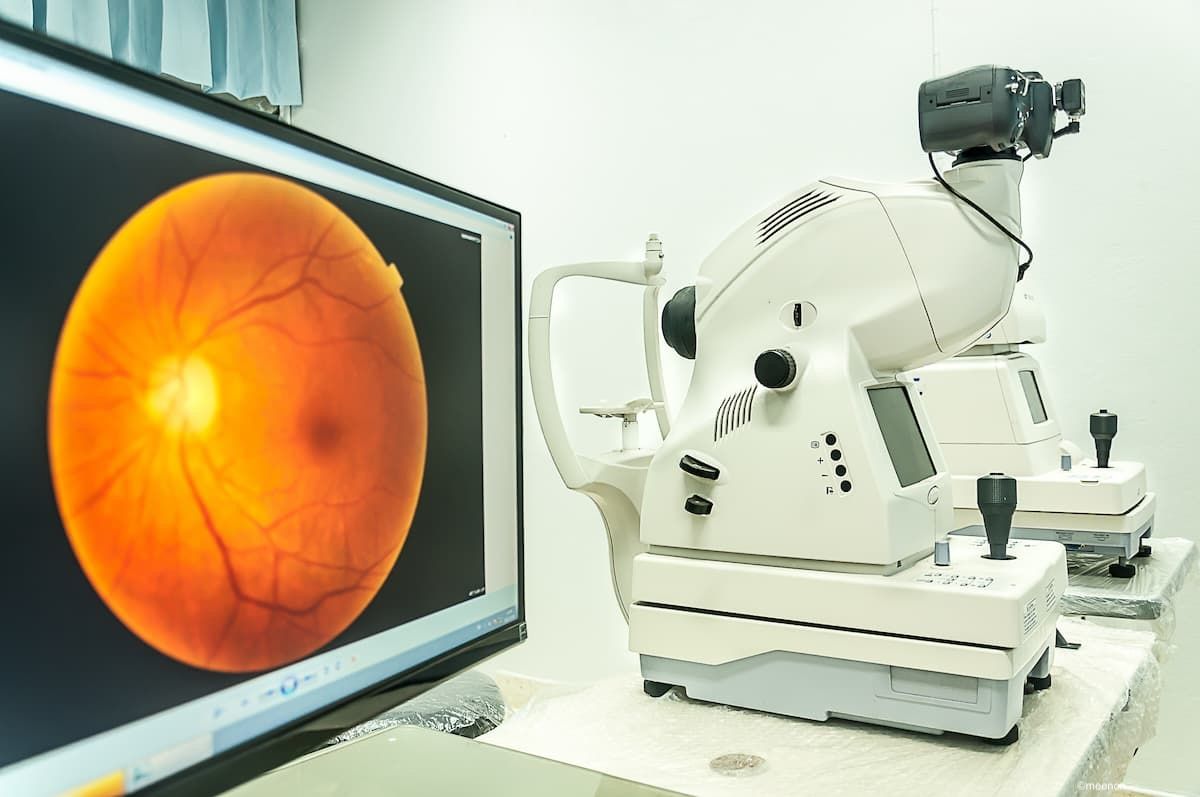Article
Rankings have far-reaching implications
Letter addresses 2010 Ophthalmology Times Best Programs survey.
I recently received an invitation to participate in a survey intended to gain enough information to rank residency programs as part of the 2010 Ophthalmology Times Best Programs survey (See Oct. 1, 2010 issue). This is a very worthwhile undertaking, but I am concerned about the validity of the outcome.
Certainly this information would be very useful to many interested parties. Applicants from medical school would have a roadmap to help them navigate through the often-confusing residency maze. Industry might invest in those programs that are ranked highly to bring greater credibility to their clinical trials. Patients willing to travel might seek second opinions based on where the published quality of care is better. Even the programs themselves undoubtedly would use this information in their marketing as evidenced by billboard ads in Cincinnati quoting the results of the U.S. News and World Reports survey. In other words, the published outcomes ranking residencies will have far-reaching implications.
Ophthalmology Times must take this task very seriously and be willing to develop a methodology that will recover accurate information leading to valid results. This means that the voting should not be either a popularity contest or an opportunity to pay homage to the program where the voter trained. Objective measures, such as the performance on the boards or the number of cataract surgeries performed, would be useful examples. It would be helpful to stratify program strengths. For example, which programs are stronger in retina or research? It would be interesting to know which programs have fellows competing with residents for the surgical volume available. And what percentage of graduating residents continue their own education with a fellowship?
The seven members of our retina team host an evening fluorescein conference that the residents just love. Moreover, I encourage the residents to schedule cases where I can assist them and I look forward to buying them dinner on Tuesday evenings for a quarterly 3-D video conference. Our chairman, James Augsburger, MD, insists that resident education is as important a priority as anything. How is this type of commitment going to be measured?
I applaud the ambitious task that Ophthalmology Times has initiated, but it is going to take a thoughtful and well-conceived game plan to produce meaningful results. I urge you to take this initiative very seriously and establish a team of residency directors to help define the criteria upon which the voting is based.
Robert H. Osher, MDProfessor of OphthalmologyUniversity of Cincinnati College of MedicineMedical Director EmeritusCincinnati Eye Institute, Cincinnati, OH
Letters to the Editor may be submitted to mdlugoss@advanstar.com
Letters may be edited for clarity and length.





